Loading
Journal of Experimental Neurology
ISSN: 2692-2819
Editors Choice Articles
In the Mind of the US Olympic Athletes; Longevity Advantage and Its Relation to Nervous System Disorders and Mental Illness
Moi Yamazaki, Jean-François Toussaint, Juliana Antero
In a recent study of 8124 US Olympic athletes, Antero et al. [1] found that the US Olympic athletes live 5 years longer than their general counterparts.
J Exp Neurol, 2022, Volume 3, Issue 1, p20-23 | DOI: 10.33696/Neurol.3.058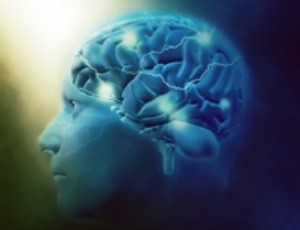
A Rodent Lumbosacral Spinal Cord Injury Model Reflecting Neurological and Urological Deficits of Humans
Behnaz Afrashteh, Karin Roider1, Sophina Bauer, Lukas Lusuardi, Patrick Heimel, David Hercher, Ludwig Aigner, Esra Keller
Spinal cord injury (SCI) to the terminal segments of the spinal cord causes severe disruption of the neural circuitry of the bladder, resulting in neurogenic underactive bladder (nUAB). We developed a rodent lumbosacral injury model to investigate the effects of bladder function and structure.
J Exp Neurol, 2022, Volume 3, Issue 2, p24-34 | DOI: 10.33696/Neurol.3.059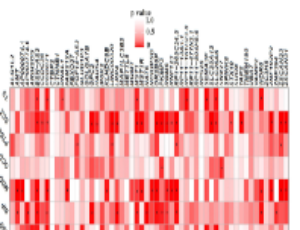
Commentary: Use of BACTRAC Proteomic Database-Uromodulin Protein Expression During Ischemic Stroke
Gabriella-Salome K. Armstrong, Jacqueline A. Frank, Christopher J. McLouth, Ann Stowe, Jill M. Roberts, Amanda L. Trout, Justin F. Fraser, Keith Pennypacker
Uromodulin (UMOD) is a glycoprotein expressed by the epithelial cells of the thick ascending limb of Henle’s loop in the kidney. Research has shown that increased uromodulin expression may be associated with lower risk of cardiovascular disease in adults.
J Exp Neurol, 2021, Volume 2, Issue 1, p29-33 | DOI: 10.33696/Neurol.2.032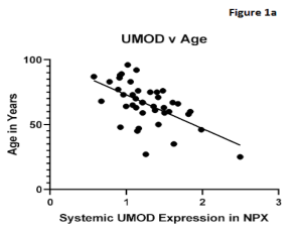
Should Food Cravings be Controlled or Understood?
Jônatas de Oliveira, Ta´ki Athana´ssios Corda´s
Food Cravings (FC) is the term commonly used to describe sensations related to an intense desire for specific consumption [1], and there are features that we separate into internal and external aspects related to FC [2]
J Exp Neurol, 2020, Volume 1, Issue 2, p31-34 | DOI: 10.33696/Neurol.1.006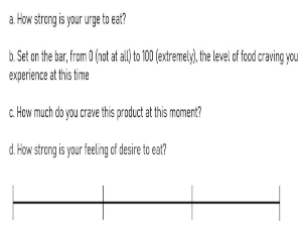
Skeletal Muscle Weakness Often Occurs in Patients with Myalgic Encephalomyelitis / Chronic Fatigue Syndrome (ME/CFS)
Yves Jammes, Frédérique Retornaz
This commentary complements data reported in Clinical Biomechanics [1] reporting reduced maximal handgrip strength in numerous patients with myalgic encephalomyelitis / chronic fatigue syndrome (ME/CFS) in proportion to their lowered maximal physical performances.
J Exp Neurol, 2020, Volume 1, Issue 2, p35-39 | DOI: 10.33696/Neurol.1.007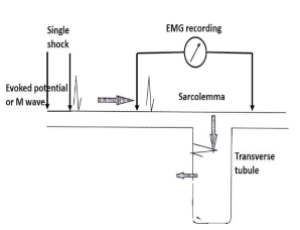
Discovery of New Candidate Genes for Anorexia Nervosa through Integration of eQTLs with Summary Statistics
Ting Wang, Jiahao Qiao, Haimiao Chen, Ping Zeng, Lihong Huang
Anorexia nervosa (AN) is a neuropsychic syndrome characterized by restriction of energy intake relative to requirements, abnormally low body weight and fear of weight gain, resulting in extreme emaciation and even death [1].
J Exp Neurol, 2022, Volume 3, Issue 2, p39-48 | DOI: 10.33696/Neurol.3.061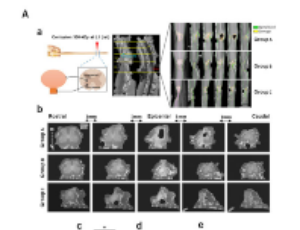
Commentary to the Newly Rising Aquatic Exercise: Ai Chi
Pei-Hsin Ku, Johan Lambeck, Nai-Chen Yeh, Ray-Yau Wang
As aquatic therapy has become an important rehabilitative option, more exercise programs have emerged. Ai Chi, is one of the therapeutic aquatic exercise concepts with growing potential.
J Exp Neurol, 2020, Volume 1, Issue 3, p73-79 | DOI: 10.33696/Neurol.1.013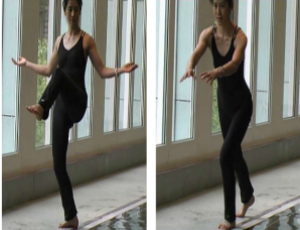
Alzheimer and It’s Possible Therapy: A Review
Ashok Chakraborty, Anil Diwan
It is one of the most prevalent neurodegenerative disorder in the world, first described by a German Scientist, Alois Alzheimer, in 1906.
J Exp Neurol, 2020, Volume 1, Issue 4, p115-122 | DOI: 10.33696/Neurol.1.019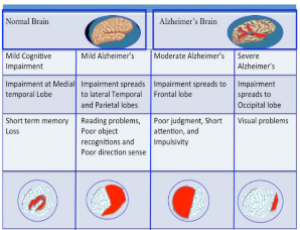
The Odyssey of Alpha-synuclein and Neuroinflammatory Mediators as Potential Candidates in the Aetiology of Parkinsons Disease
Jeswinder Sian-Hulsmann, Peter Riederer
The neurodegenerative disorder Parkinson’s disease (PD) is hallmarked by the presence of cytoplasmic inclusions, Lewy body (LB) and ravaged dopaminergic neurons in the substantia nigra pars compacta (SNc).
J Exp Neurol, 2020, Volume 1, Issue 4, p138-147 | DOI: 10.33696/Neurol.1.022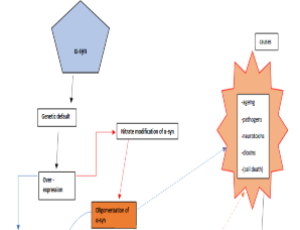
Body Iron Overload is a Determining Factor in Brain Damage in Acute Ischemic Stroke
Joan Ramón Torrella, Ramón Rama
Stroke is the second largest cause of death worldwide, with a world annual mortality incidence of about 5.5 million people, and it is also the leading cause of disability worldwide with 50% of survivors being chronically disabled.
J Exp Neurol, 2021, Volume 2, Issue 4, p143-148 | DOI: 10.33696/Neurol.2.047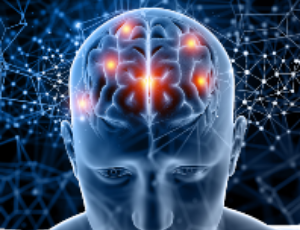
Testing the Efficacy of Minocycline Treatment in an Awake, Female Rat Model of Repetitive Mild Head Injury
Rosemarie Hightower, Eric Brengel, Sophia Prom, Praveen Kulkarni, Craig F Ferris
Minocycline is being tested in clinical trials for the treatment of stroke and traumatic brain injury. As an antibiotic it reduces microglia activation. Can minocycline be used to treat mild repetitive head injury? To that end, minocycline was tested in a novel, closed-head, momentum exchange model of repetitive mild head injury in female rats impacted while fully awake. Magnetic resonance imaging (MRI) revealed there was no brain damage or contusion attesting to the mild nature of the head impacts in this model.
J Exp Neurol, 2024, Volume 5, Issue 3, p145-161 | DOI: 10.33696/Neurol.5.097
Capillary Stalling: A Mechanism of Decreased Cerebral Blood Flow in AD/ADRD
Reece Crumpler, Richard J. Roman, Fan Fan
Alzheimer’s Disease (AD) and Alzheimer’s Disease-Related Dementias (ADRD) are debilitating conditions that are highly associated with aging populations, especially those with comorbidities such as diabetes and hypertension.
J Exp Neurol, 2021, Volume 2, Issue 4, p149-153 | DOI: 10.33696/Neurol.2.048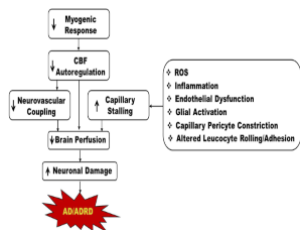
A Protocol for the Generation of Treatment-naïve Biopsy-derived Diffuse Intrinsic Pontine Glioma and Diffuse Midline Glioma Models
Matt C. Biery, Alyssa Noll, Carrie Myers, Shelli M. Morris, Conrad A. Winter, Fiona Pakiam, Bonnie L. Cole, Samuel R. Browd, James M. Olson, Nicholas A. Vitanza
Diffuse intrinsic pontine glioma (DIPG) is an aggressive brain tumor that arises in the ventral pons during middle childhood.
J Exp Neurol, 2020, Volume 1, Issue 4, p158-167 | DOI: 10.33696/Neurol.1.025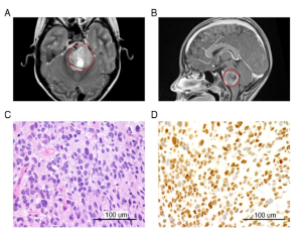
About Scientific Archives
Scientific Archives is a global publisher initiated with the mission of ensuring equal opportunity for accessing science to research community all over the world. Spreading research findings with great relevance to all channels without any barrier is our goal. We want to overcome the challenges of Open Access with ensured quality and transparency.
